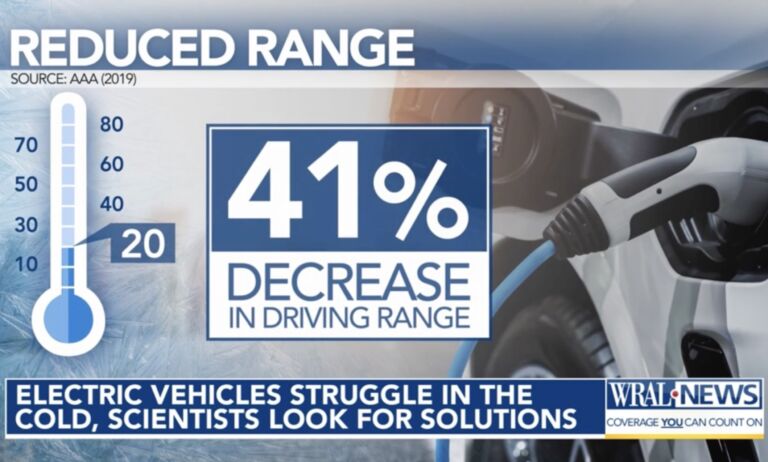Earlier this week, I read a piece from Joel Kotkin about the cities that are doing the most to address housing shortages. The title may be a little misleading. It’s unclear that these cities are really doing anything. But they are issuing building permits, and a lot of them.
Kotkin looked at Census data for the number of building permits issued from 2011-2014, and then compared it to the 2010 housing stock. He looked at the 53 largest cities in America, metros with more than a million people. That list included two North Carolina cities – Charlotte and Raleigh.
What’s interesting is that both Charlotte and Raleigh came near the top of Kotkin’s list of cities with the most growth in housing supply. Raleigh came in number 2 on the list, with growth of 10.6% and Charlotte came in number 4, at 7.1%. That’s numbers 2 and 4 in the country, both right here in North Carolina.
Though I only saw it this week, Kotkin’s piece was published in December, so I decided to see if I could find some even more up-to-date information, and for more North Carolina cities. Sure enough, I did. The data’s a little rough. Some cities are missing building permit numbers for a year or two. For some, the housing stock is for a city, say Charlotte, while the permit numbers are for a wider metro area (Charlotte-Concord-Gastonia). Consequently, I’m not going to publish my list just yet. I’m still cleaning up the data.
But here’s what is super clear. Charlotte and Raleigh are growing fast. So is Jacksonville – faster than either of the two larger cities, actually. And Wilmington isn’t far behind Charlotte in terms of the percentage increase in housing. Most of the rest seem to hover somewhere around 5%.
All the cities on Kotkin’s list are places that are reasonably affordable. You know who doesn’t make the list? All the places in the country that are most expensive. New York, Los Angeles, San Francisco, Washington. They’re big cities with dynamic economies, but their housing supplies aren’t keeping up with demand, so prices are skyrocketing.
And it’s not just housing prices that are going up. It’s also rents. As Kotkin explains,
High home prices help to boost rents by forcing potential buyers into the apartment market. As of midyear, rental costs were eating up the largest share of renters’ income in recent U.S. history, 30.2%. Since 1990, renters’ income has not increased, but rents have soared 14.7% (both inflation adjusted).
There’s a lot of talk about affordable housing and about the importance of urban planning to achieve affordable housing goals. Recently, a candidate for state office made affordable housing for teachers part of her campaign. There are lots of questions about zoning. Some have suggested microapartments. Others think that an increase in the minimum wage or rent controls may be the answer.
But the implication of Kotkin’s findings is clear. The best thing cities and counties can do to keep housing affordable is issue building permits. Builders want to build. That’s what they do. Single family houses, townhomes, condos, apartments – they’ll build what they think they can sell or rent, and as much of it as they think they can fill. Open up the process, and supply won’t be an issue. And if supply increases to keep up with population growth and changes in demographics, then prices will stay at levels people can afford.
And while, in some cities, lots of small apartments might be the right thing, it seems that most people still want to live in single family homes, at least once they start having children. Again, from Kotkin,
Some two-thirds of housing construction permits in Houston from 2011-14 was for single-family homes.…Houston alone produced nearly as many new single-family homes in 2014 as the entire state of California, which has about six times as many residents.
Houston finished 3rd on his list, right between Raleigh and Charlotte. And like Houston, both Raleigh and Charlotte were also high on the list of single family home construction. Those cities are all pretty affordable places to live. Cities in California aren’t.
So to cities and counties across North Carolina I say, let builders build. Issue building permits. Free up the process so that those interested in providing housing can create more of it and those interested in buying or renting will find plenty of housing available. That will keep housing affordable, ensure there is sufficient supply, and help to grow local economies.


